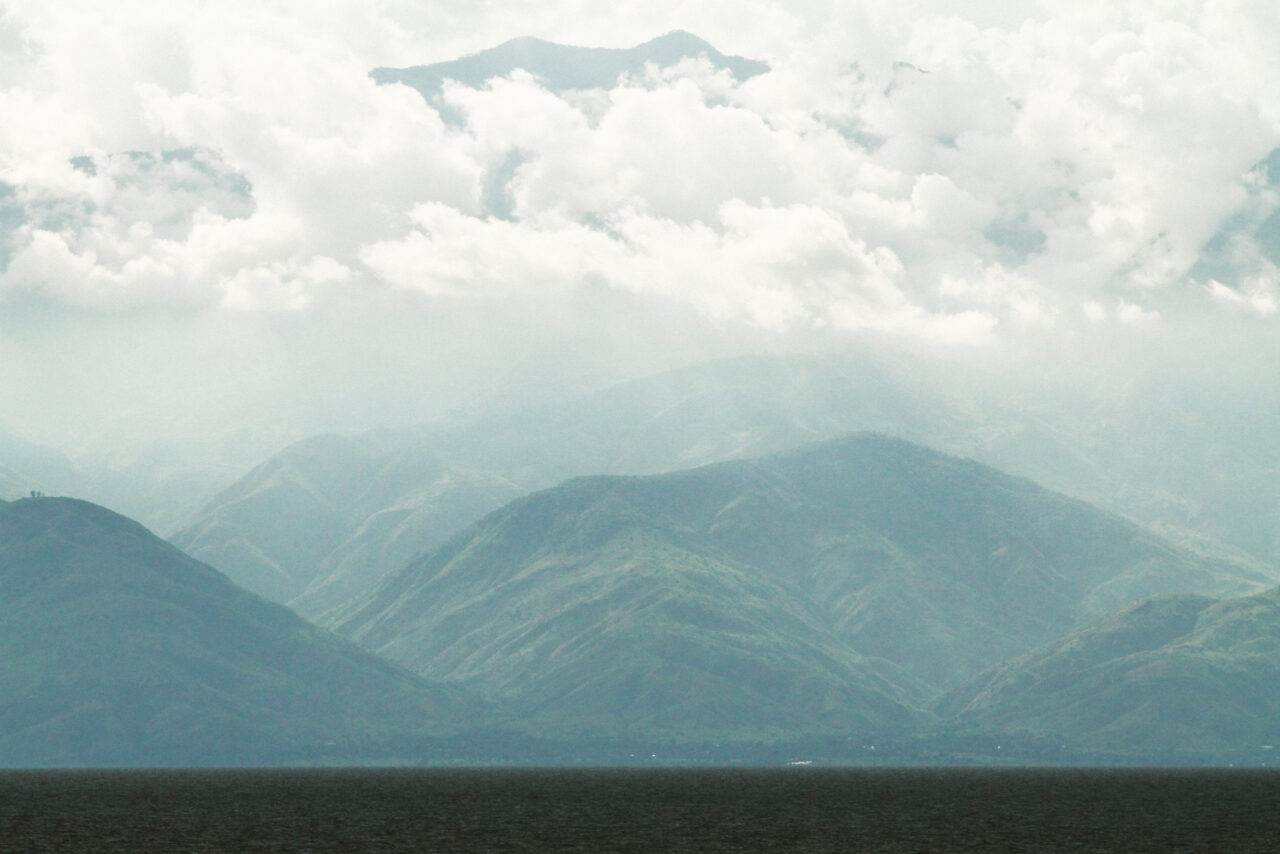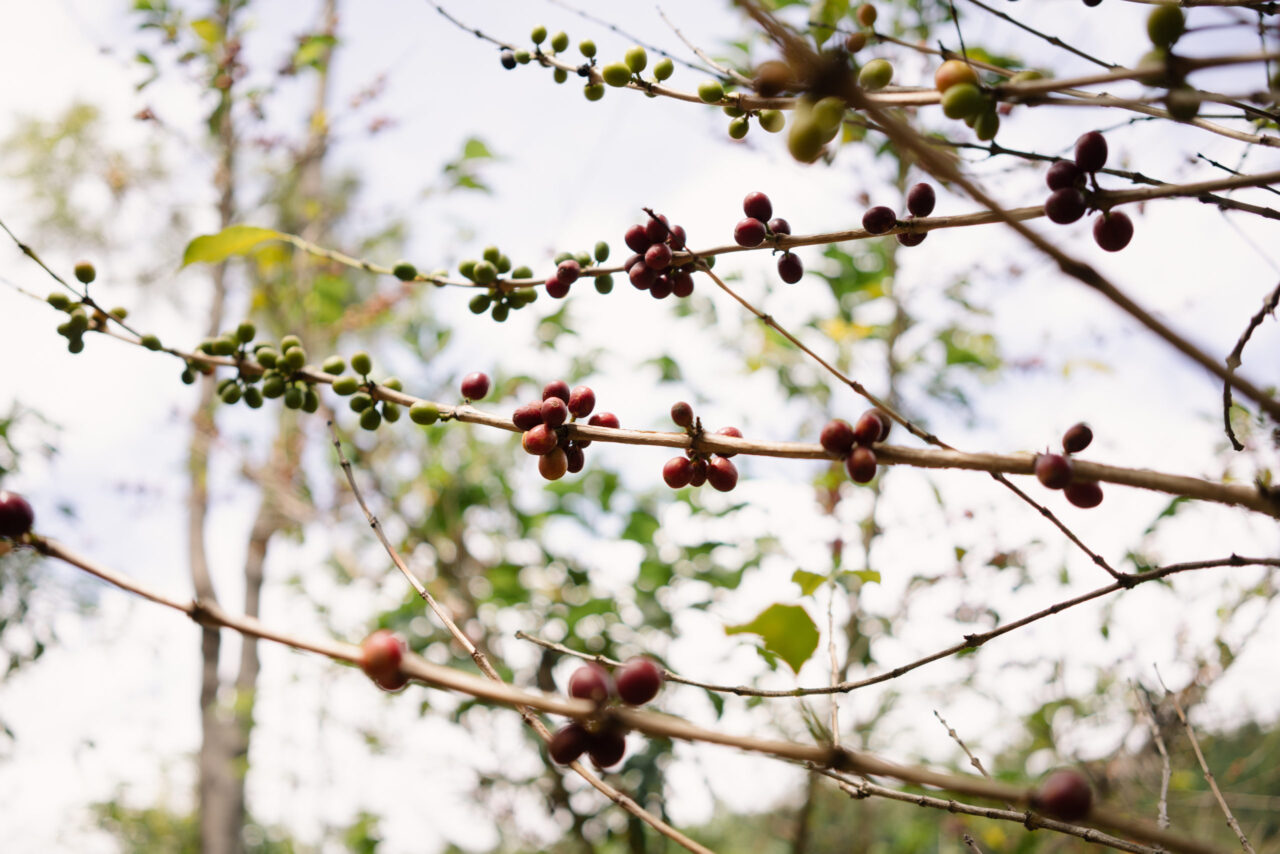It is widely accepted amongst the scientific community that a warming climate will, at best, prove challenging for agriculture. At worst, many regions will no longer be able to produce crops of historical and financial importance to that region. Farming coffee will continue to be particularly challenging in a warming climate. In a new model released by National Geographic on the expected global suitability for growing coffee in an increasingly warming planet, four of the current top five producing countries are predicted to have a decreased suitability for coffee production between now and 2050.
According to this research, it appears that Burundi is predicted to remain suitable for growing coffee. However, the modeling shows Kenya speckled with pockets of improved adequacy, no change in some areas, and other areas worsening. Our best-case scenario is unpredictable optimism. Not particularly reassuring when you produce a crop that requires some degree of predictability.
This is similar for Uganda, where some areas in the south are projected to become better suited to growing coffee, while many areas in the north will start to experience decreased suitability. The tropical climate of Uganda usually sees stable rainfall patterns. However, seasons have noticeably shifted and the country is now experiencing shorter or longer periods of rain with harsher droughts, as verified by the farmers we work with.
Although the amount of land suitable for producing Arabica coffee is projected to remain stable in Burundi, Burundi is where we are noticing many dramatic impacts from climate change as the country has been marred by severe and damaging floods, landslides, high winds, as well as brutal dry spells. These shifting weather patterns seem to be increasingly unpredictable and extreme.

Kenya is highly susceptible to climate change, with the average temperature expected to rise by 2.5°C from 2000 to 2050. Rainfall across the region seems to be generally becoming more intense and less predictable. The acceleration of deforestation seems to have further exacerbated the impact of flooding felt by farmers.
Sustainability is a weighty word. Especially in coffee where being truly sustainable is very rightly questioned. We believe sustainability starts at the ground level and we have big ambitions. The key to this is trees. The biggest known negative impact of farming across the globe is deforestation.
This is why we started our LMCP reforestation project. We’re planting 550,000 indigenous trees in each nation that we operate in, including 550,000 each in two different regions of Kenya for a total of 1.1 million in that country. That’s 2.2-million trees altogether in Burundi, Kenya, and Uganda, over the course of this year and a target of 13.2 million trees over the next six years.
Epaphras Ndikumana, our Social and Environment Impact Manager in Burundi, has collected invaluable anecdotal evidence from Bukeye, Heza, and Ninga – our Burundian washing stations – and the farmers with whom we partner at each of those stations. In February 2022, hailstorms and rain damaged over 340 farms serviced by these washing stations, according to his records. Just a year prior to this in February 2021, the spread of coffee berry disease was rampant due to fluctuating temperatures and 356 coffee farms were attacked and experienced low production.
Epaphras has characterized what he believes are the effects of climate change in Burundi by three main extreme climate events:
- The hail storms: Occurring generally during the rainy seasons (from October to April), they are more frequently causing major damage to coffee trees and affecting the volume of coffee produced.
- Rains ending prematurely (mid-May): This affects coffee cherries that are in the ripening stage. Without enough rain, cherries dry up prior to harvest. In 2021, we quantified a loss of around 12% on average due to lack of ripening rains.
- Lengthened dry season: The long-dry season usually runs from mid-June to the end of August or Mid-September. However, the dry season now extends from mid-May through to the end October or mid-November – sometimes three months longer. The prolonged lack of rain during this period greatly affects the potential productivity of coffee trees, especially newly planted trees and those planted in marginalized soils.

Coffea Arabica (one of two species of coffee produced for consumption, the other being Coffea Canephora, or Robusta) appears to be one of the crops worst affected by climate change globally, with a major decline in suitability in common coffee regions expected by 2050 due to increasing annual temperatures and relative humidity. With coffee consumption projected to double between now and 2050, this creates quite the conundrum. To weather these climatic changes, coffee growers are being forced to adapt their production methodology. Once again, it is those individuals furthest back in the supply chain who are feeling the impacts of climate change in the most acute way. Impacts caused by the specialty coffee consuming countries’ over-consumption of nearly all resources. In coffee, we tend to talk about “producing” countries and “consuming” countries. This system of labeling is sadly accurate on more than one level.
Although exploring more climate-hardy varieties may be our best solution, it is not a realistic immediate solution for large communities of coffee growers who aren’t afforded the luxury of the latest research and who are, instead, expected to ride the waves of shifting weather patterns and the global coffee market, accepting impossibly low prices that at best maintain their standard of living and at worst (and quite frequently) do not even cover their cost of production. With earnest research into climate-hardy (and ideally delicious) varieties only just recently beginning, we are in a race against climate change to find alternative solutions and gauge their sustainability for both farmers and the environment.
In our second installment of the Climate Change blog series, we will unpack how climate change is directly impacting the people behind the coffee and share what we are doing to try to help mitigate the effects for farmers. To learn more about Long Miles Coffee please visit our website. https://www.longmilescoffeeproject.com/.
…
Sources:
https://www.reuters.com/article/us-climate-change-kenya-tea-idUSKBN2CR1Q6

